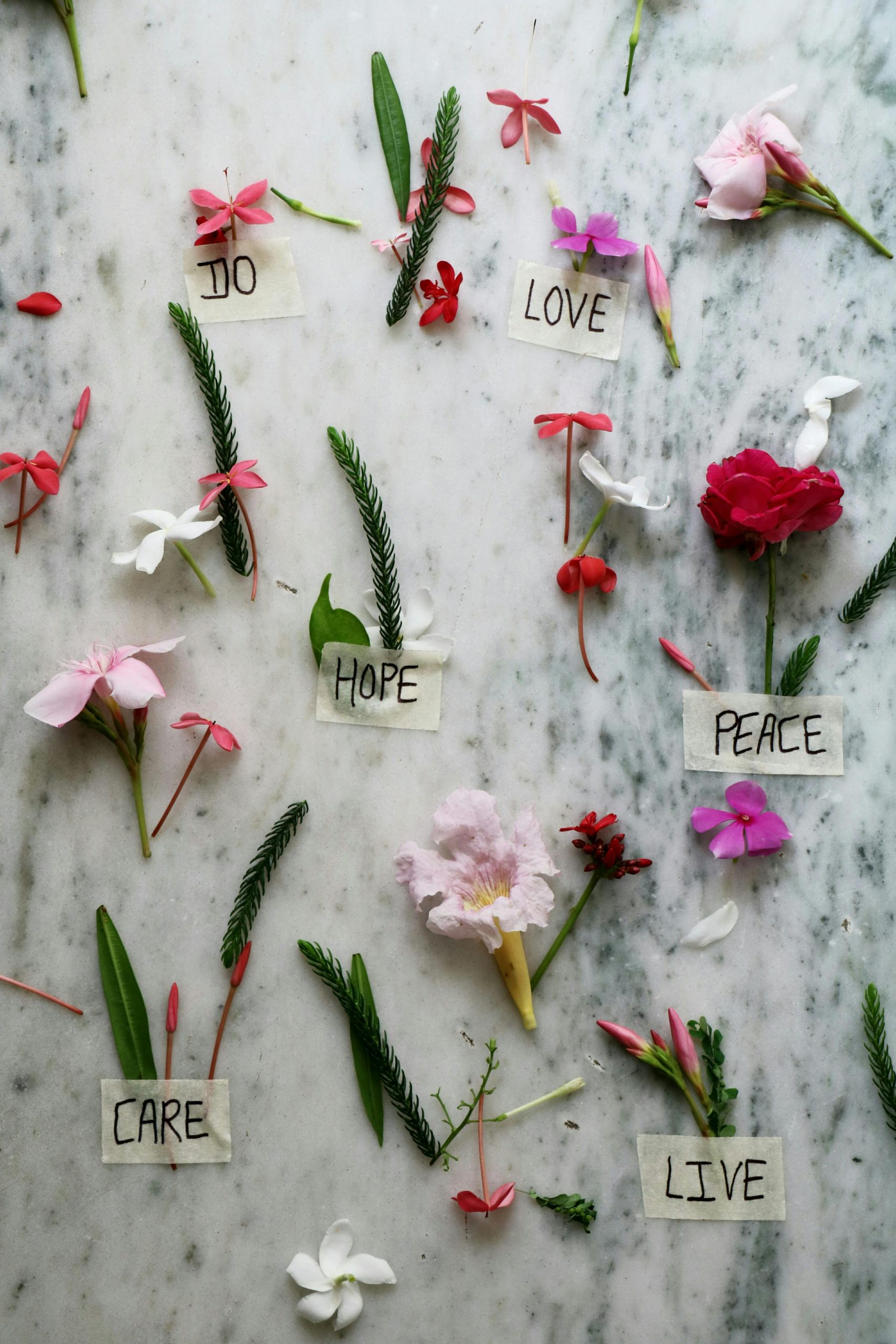Enhancing Your Masonry Grid Style: Tips and Tricks
If you’re looking to take your masonry grid layout to the next level, you’re in the right place. This versatile design technique can showcase images and content in a visually striking manner, but there’s always room for improvement. Here are some expert suggestions to enhance your masonry grid style and make it stand out even more.
Explore Diverse Image Sizes
One of the hallmarks of an effective masonry grid is the playful arrangement of images in varying sizes. Consider experimenting with different aspect ratios to create a more dynamic visual flow. This unpredictability draws the eye and keeps visitors engaged.
Utilize Hover Effects
Adding hover effects can transform the user experience on your site. Subtle animations, such as scaling images or changing opacity, can give your grid an interactive feel. This touch of elegance not only enhances aesthetics but also encourages visitors to explore your content further.
Incorporate Color Schemes
Consider the emotional impact of colors on your audience. A cohesive color scheme that complements your images can significantly elevate your masonry grid. Use filters or overlays on images to create a uniform look, ensuring each piece of content fits seamlessly into the overall design.
Optimize for Mobile Devices
In our mobile-first world, ensuring your masonry grid looks great on smartphones and tablets is crucial. Responsive design techniques will allow your grid to adapt smoothly to different screen sizes while maintaining its aesthetic appeal. Test the layout on various devices to ensure a fantastic user experience universally.
Add Captions and Descriptions
Implementing captions or short descriptions can provide context to your visuals, enriching the storytelling aspect of your grid. This added layer of information can intrigue users and encourage them to delve deeper into your content.
Experiment with Spacing and Margins
The spacing between elements in your masonry grid plays a significant role in its overall appearance. Adjusting margins and paddings can create a more balanced look, allowing each piece to stand out without feeling cluttered. A well-spaced grid feels more curated and thoughtfully designed.
Keep an Eye on Loading Times
While enhancing your grid’s aesthetic, don’t overlook performance. Ensure your images are optimized for web use to reduce loading times. A sluggish website can deter visitors, so strike a balance between visual appeal and speed.
Conclusion
Improving your masonry grid style doesn’t have to be a daunting task. By applying these tips, you can enhance both the functionality and attractiveness of your layout. Take the time to test out different techniques, and don’t hesitate to let your creativity flow—your unique touch will make all the difference! Happy designing!


2 responses to “Enhancing masonry grid layouts: Expert design tips.”
Improving a masonry grid style can significantly enhance the visual appeal and functionality of your website. Here are several strategies you can implement to elevate your masonry layout beyond the basics:
1. Optimize Images for Performance
srcsetattribute in your<img>tags to serve different image sizes based on the user’s device resolution, ensuring quick loading on all devices.2. Incorporate Hover Effects and Animations
3. Utilize Lazy Loading
4. Implement Infinite Scrolling or Pagination
5. Enhance Item Detection with Filters or Categories
6. Customize Grid Item Sizes
7. Integrate a Lightbox for Media
8. Ensure Cross-Device Compatibility
9. Leverage User Feedback
10. Experiment with Backgrounds and Overlays
Conclusion
By implementing a combination of these strategies, you can enhance your masonry grid style, making it not only more visually appealing but also more user-friendly and engaging. Regularly revisiting and updating your design based on current trends and user feedback will further ensure that your masonry grid remains a standout feature on your website.
This post offers fantastic insights into optimizing masonry grid layouts! I particularly appreciate the emphasis on mobile optimization, as it’s often overlooked but essential in today’s user experience landscape.
Another aspect to consider is the integration of accessibility features. Implementing ARIA (Accessible Rich Internet Applications) roles and ensuring that images have alt text not only assists users with disabilities but also enhances SEO performance. Captions, as mentioned, can benefit from this too—making them keyword-rich while still providing context can improve discoverability.
Additionally, while experimenting with hover effects, it’s important to ensure that they don’t overwhelm or confuse users. Simple, intuitive animations can elevate the user experience, but they should remain subtle enough to not detract from the content.
Lastly, utilizing analytics tools to track user engagement with the grid can provide valuable insights. This will help in identifying which elements are resonating with your audience and allow for data-driven design tweaks. Overall, a thoughtful blend of creativity, functionality, and inclusivity can truly elevate any masonry grid layout!